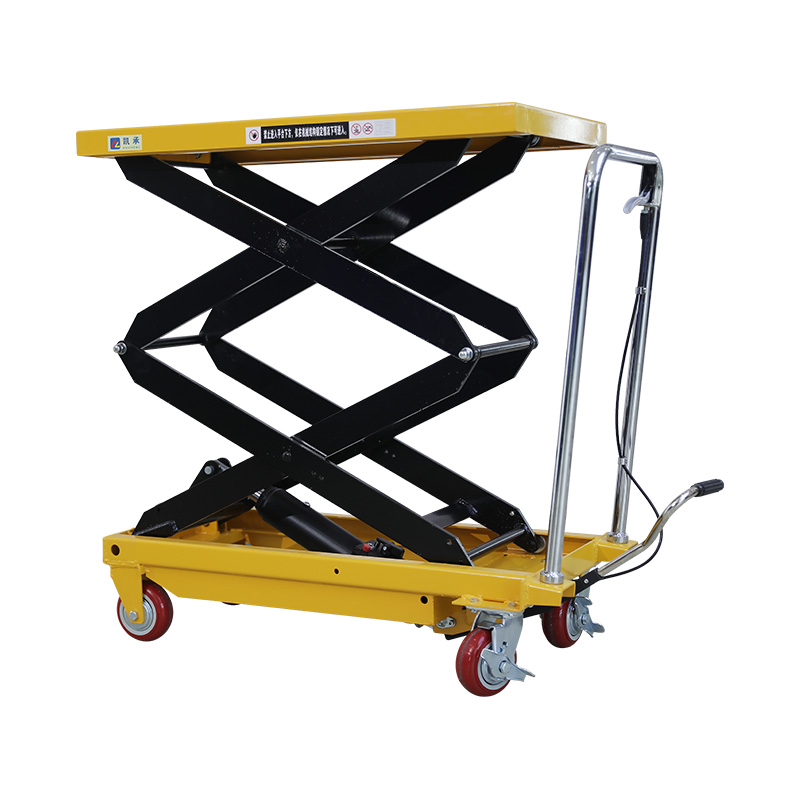Warehouse logistics trucks, commonly known as forklifts, pallet trucks, or industrial trucks, play a critical role in modern warehousing and material handling operations. They are essential for transporting heavy loads efficiently, stacking goods, and optimizing warehouse workflows. However, due to their size, weight, and operational complexity, they pose safety risks if not properly designed, maintained, or operated. To address these challenges, warehouse logistics trucks are equipped with a variety of safety features designed to protect operators, pedestrians, and inventory while ensuring smooth and efficient operations.
1. Operator Protection Systems
One of the primary safety considerations is protecting the truck operator. Modern warehouse logistics trucks are designed with operator cabins or compartments that include reinforced overhead guards, backrests, and protective structures to prevent injuries from falling objects.
Some models feature seat belts or operator restraint systems, ensuring the driver remains securely seated even if the truck encounters sudden stops or uneven surfaces. In addition, ergonomic seats and adjustable controls reduce operator fatigue, which is a significant factor in accident prevention during long shifts.
2. Stability and Load Control
Warehouse trucks are prone to tipping if loads are unbalanced or improperly handled. To mitigate this risk, trucks are equipped with stability systems such as:
- Wide wheelbases and low centers of gravity, enhancing balance during operation.
- Load backrest extensions, preventing goods from falling backward onto the operator.
- Automatic tilt and mast control, which limits excessive forward or backward tilting when lifting heavy pallets.
These features help ensure that even heavy or awkward loads remain secure, reducing the risk of accidents in high-traffic warehouse environments.
3. Anti-Collision and Proximity Sensors
Modern warehouse logistics trucks often incorporate proximity sensors, cameras, and warning systems to enhance situational awareness. These technologies detect obstacles, other vehicles, or pedestrians in close proximity and alert the operator through audible or visual signals.
Some advanced models include automatic braking systems or speed reduction mechanisms that activate when the truck approaches an obstacle too quickly. These anti-collision features are particularly valuable in congested warehouses or facilities where multiple vehicles and personnel operate simultaneously.
4. Speed and Motion Controls
Controlled motion is essential for preventing accidents, especially when transporting heavy loads. Warehouse trucks typically have variable speed controls, allowing operators to adjust speed based on load weight, aisle width, and floor conditions.
Many trucks feature automatic speed reduction during turns, which prevents tipping during sharp maneuvers. Additionally, some models include creep speed mode for precise handling in tight spaces, such as loading docks or narrow warehouse aisles, minimizing the risk of collisions or damage to inventory.
5. Warning and Signaling Systems
Effective communication within the warehouse is crucial for safety. Warehouse logistics trucks are equipped with audible alarms, horns, and flashing lights to alert nearby personnel when the truck is in motion.
LED lights on forks or masts improve visibility, particularly in dimly lit storage areas. Some trucks include directional lights that indicate whether the vehicle is moving forward or reversing, further reducing the likelihood of accidents in busy warehouse environments.
6. Fire Safety and Electrical Protection
Electric-powered warehouse trucks include overload protection, circuit breakers, and thermal cutoffs to prevent electrical hazards. Batteries are often housed in secure compartments with ventilation to reduce the risk of overheating.
For internal combustion engine trucks, safety features include fuel cutoffs and spark suppression systems, reducing the risk of fire or explosion in environments where flammable materials are present. Regular maintenance and adherence to operational guidelines further enhance fire safety.
7. Pedestrian Safety Measures
Warehouse logistics trucks often operate in spaces shared with pedestrians. To improve pedestrian safety, trucks may include:
- Warning bells or horns activated automatically when moving.
- Proximity detection systems that alert operators when someone enters a danger zone.
- Reflective markings or bright-colored designs on the truck body, increasing visibility in busy warehouse areas.
Training operators to maintain safe distances and follow pedestrian pathways complements these built-in safety systems.
8. Operator Training and Safety Interlocks
In addition to physical safety features, modern warehouse trucks include safety interlocks that prevent operation if certain conditions are not met. For example:
- The truck may not start unless the seatbelt is fastened.
- The forks may not lift above a certain height unless the truck is properly stabilized.
Coupled with mandatory operator training programs, these features ensure that human error is minimized, and trucks are used safely and efficiently.
Conclusion
Warehouse logistics trucks are equipped with a wide array of safety features designed to protect operators, pedestrians, and cargo. From operator protection systems and stability controls to anti-collision sensors, speed regulation, and fire safety mechanisms, these features collectively reduce the risk of accidents in high-demand warehouse environments. Coupled with proper training, maintenance, and operational protocols, these safety features make warehouse logistics trucks a reliable and essential tool for modern material handling, balancing efficiency with workplace safety.



 English
English Español
Español



